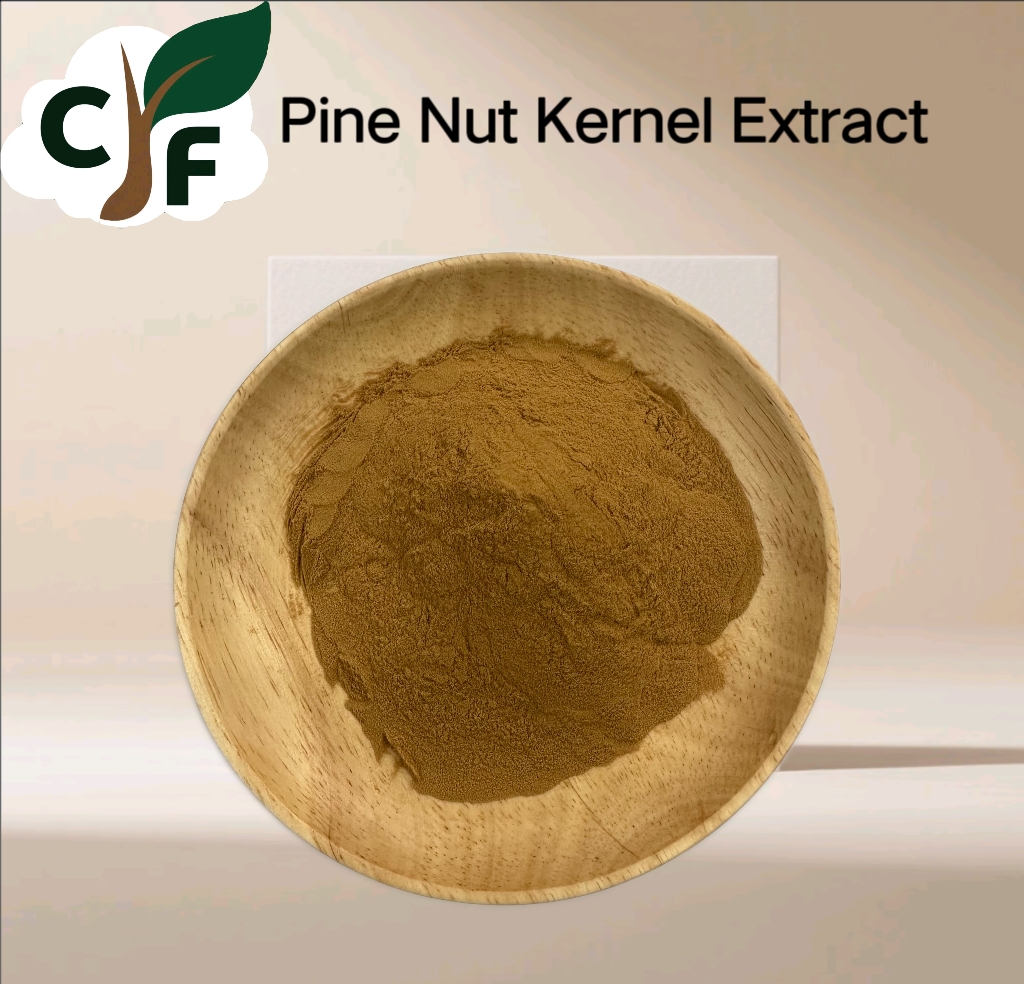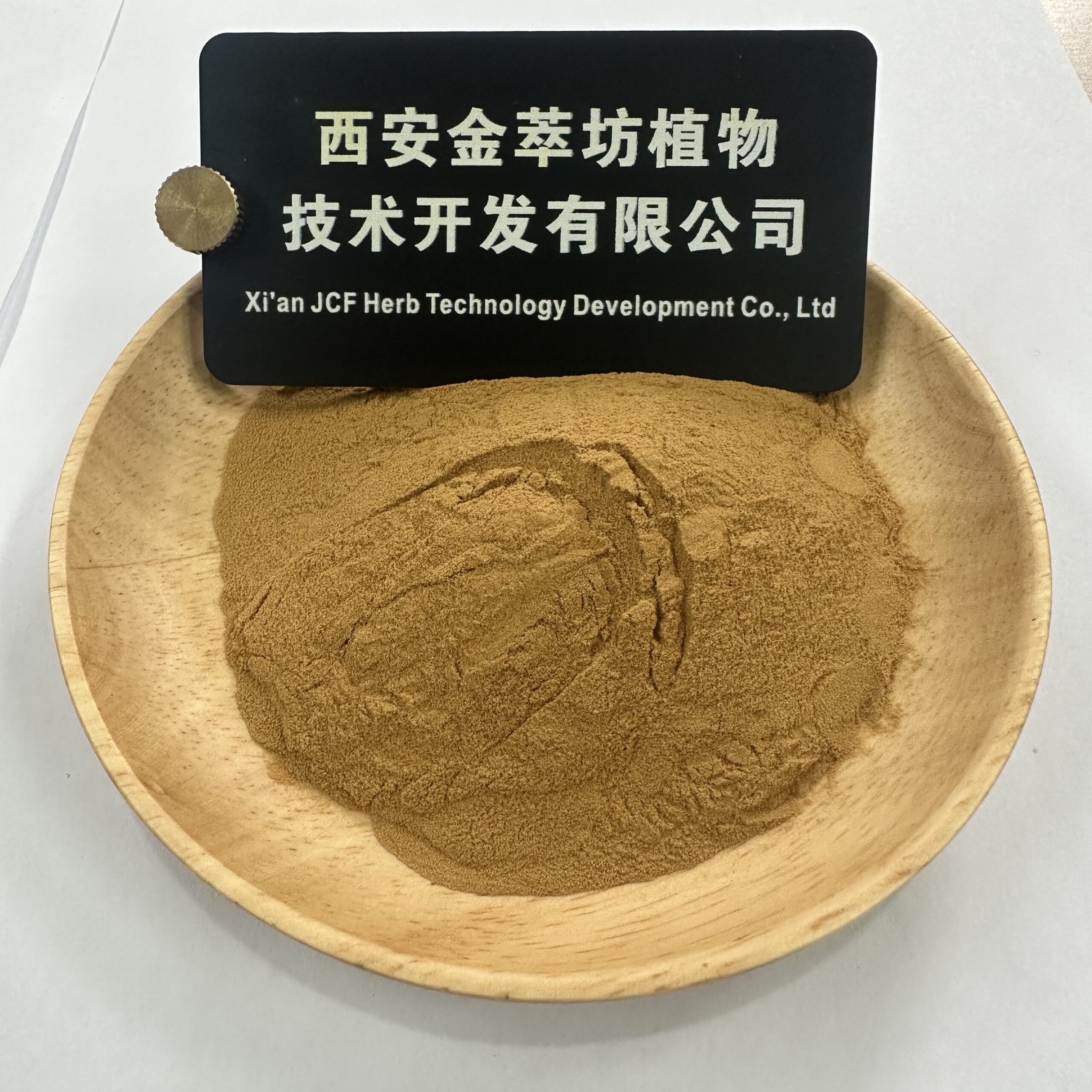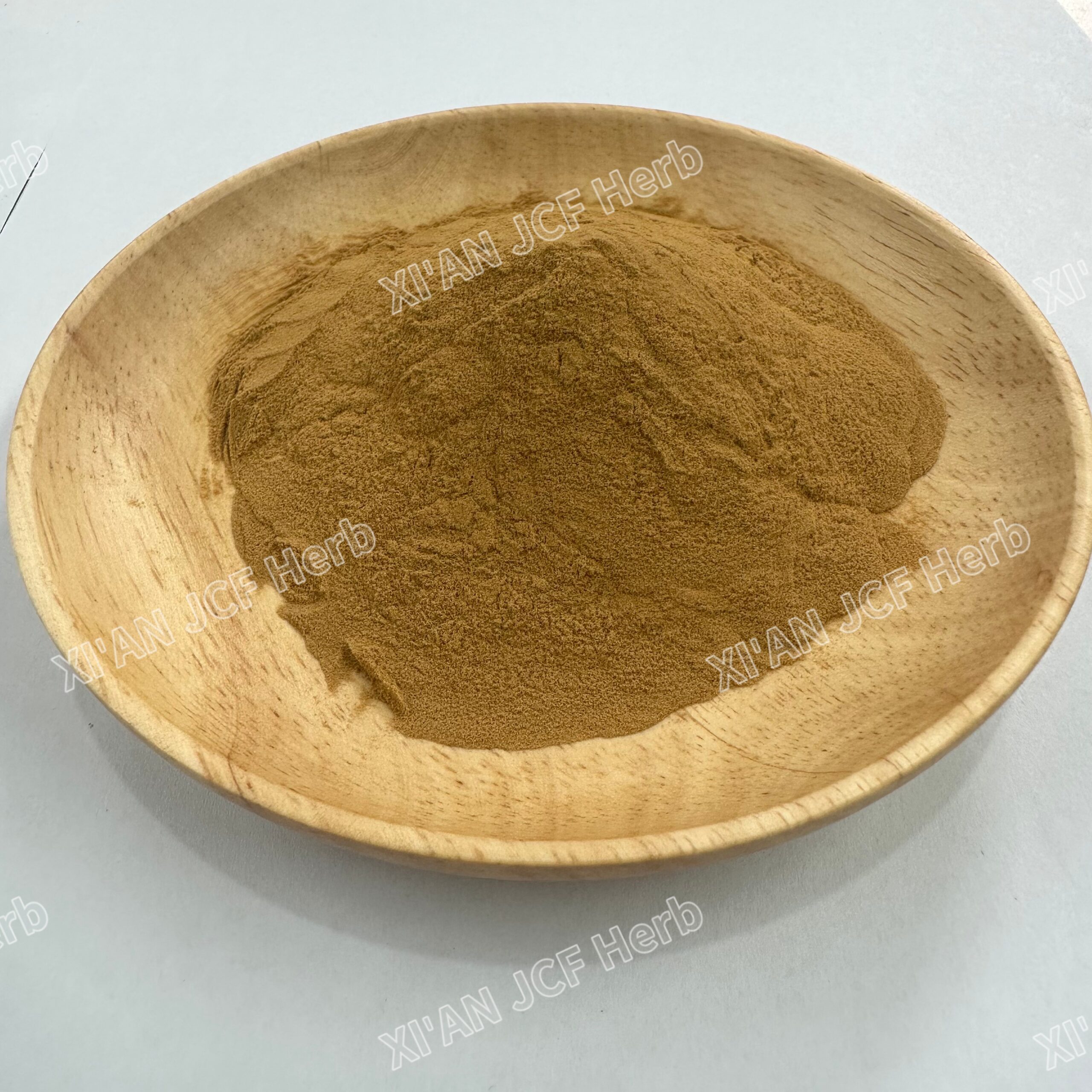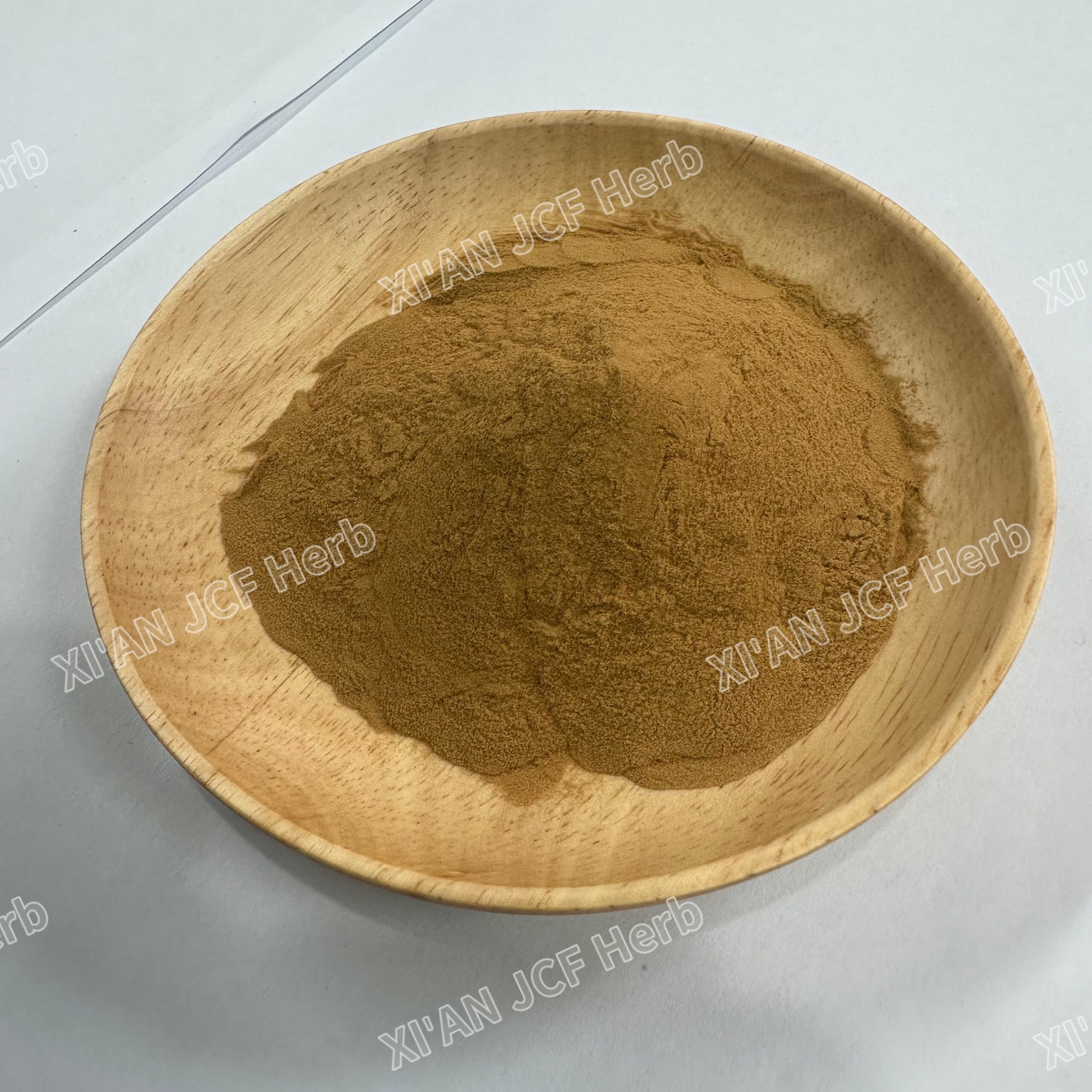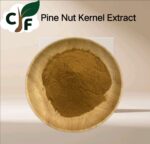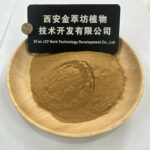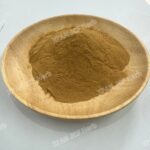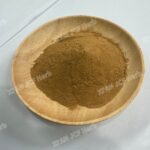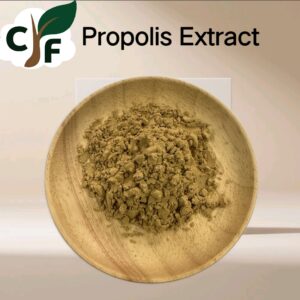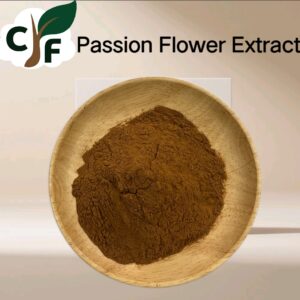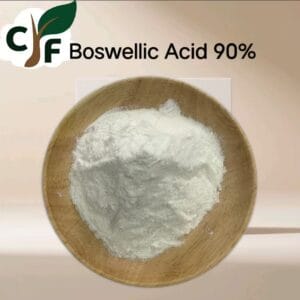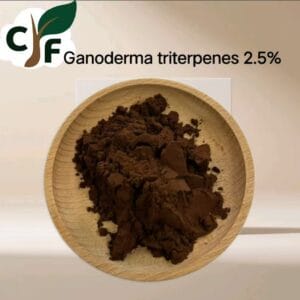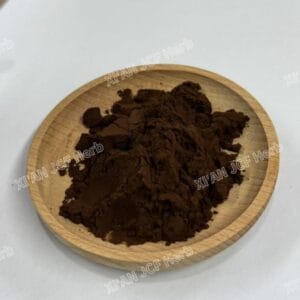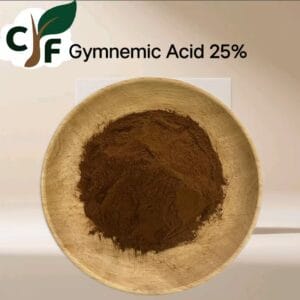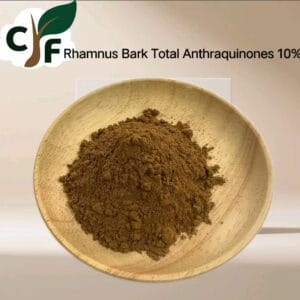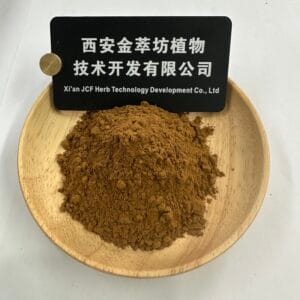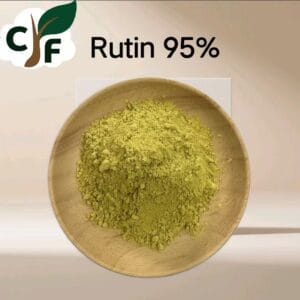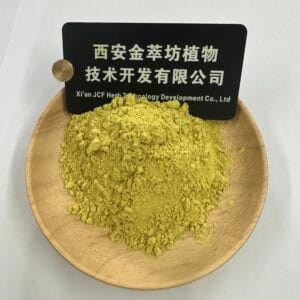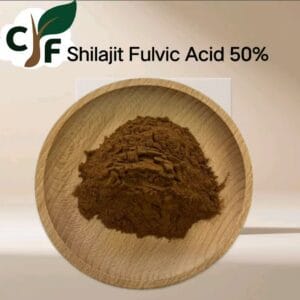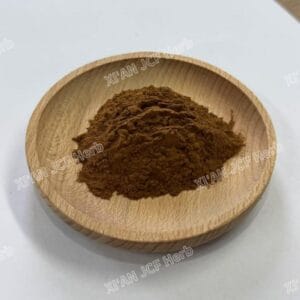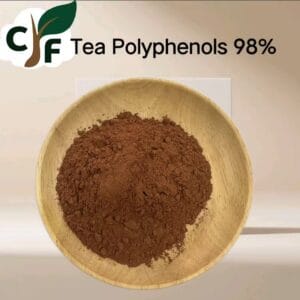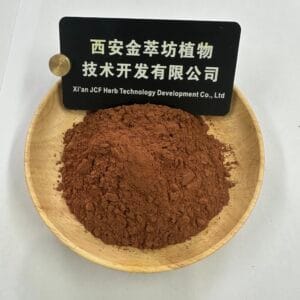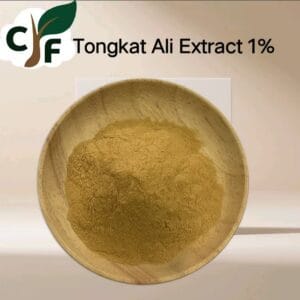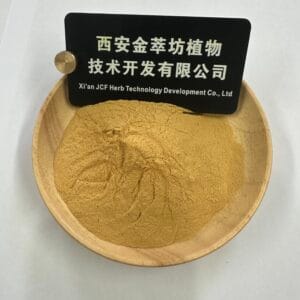Extrait de noyau de pignon de pin
Extrait de noyau de pignon de pin
- Source: Kernels of Pinus armandii Franch., Pinus koraiensis Sieb. et Zucc., and Pinus massoniana Lamb. (Pinaceae family, Pinus genus). Pinus koraiensis (Korean Pine) is an evergreen large arbor with gray-brown scaly bark, and its seeds are pine nuts.
- Distribution: Mainly from forest areas of Changbai Mountain and Xiaoxing’anling (Northeast China). Pinus koraiensis is a national first-class endangered species, bearing seeds after 50 years of growth with a ~2-year maturity period; its inner kernels are primarily produced in the two mountain areas.
- Spécification: 10:1; custom specs available via customer service.
- Propriétés: Brown powder, hygroscopic, water-soluble; tested by TLC.
- Taille des mailles: 98% passes 80-mesh sieve.
- Conditionnement: 25kg/paper drum or aluminum foil bag.
- Stockage: Seal tightly, protect from light; store in dry, cool, well-ventilated area.
- Durée de conservation: 2 ans.
247
Articles 上次售出 6 小时
7
Les gens regardent ce produit maintenant !
Contact WhatsApp
Catégories : Extrait de plante, Extrait de ratio
Description
| Article | Détails |
|---|---|
| Nom du produit | Extrait de noyau de pignon de pin |
| Source | The kernels of Pinus armandii Franch., Pinus koraiensis Sieb. et Zucc., and Pinus massoniana Lamb., which belong to the Pinus genus of the Pinaceae family. |
| Caractéristiques morphologiques | – Pinus koraiensis (Korean Pine) is an evergreen large arbor with gray-brown bark that splits into scales. – Pine nuts are the seeds of the Pinus koraiensis tree. |
| Product Distribution | – It is distributed in the forest areas of Changbai Mountain and Xiaoxing’anling in Northeast China. – Pinus koraiensis is a national first-class endangered species. Wild Pinus koraiensis begins to bear seeds only after growing for 50 years, and the maturity period is about two years. – The inner kernels of Pinus koraiensis fruits are mainly produced in Changbai Mountain and Xiaoxing’anling. |
| Spécification | 10:1. For other specifications, please contact customer service for consultation. |
| Propriétés | Brown powder, hygroscopic, easily soluble in water, detected by TLC (Thin Layer Chromatography). |
| Taille des mailles du produit | Le 98% passe à travers un tamis de 80 mesh. |
| Méthode d'emballage | 25 kg par fût en papier ou sac en aluminium. |
| Conditions de stockage | Doit être scellé et protégé de la lumière, conservé dans un endroit sec, frais et bien ventilé. |
| Durée de conservation | Two years. |

